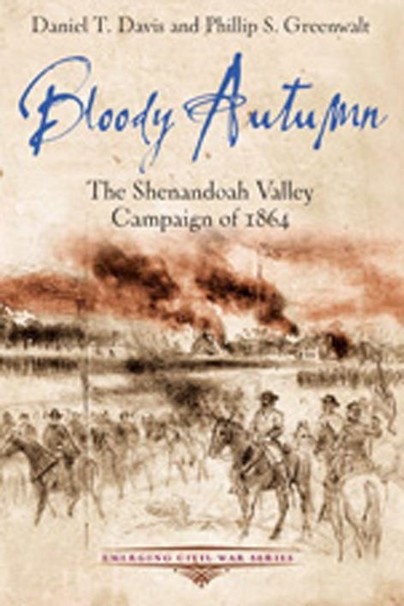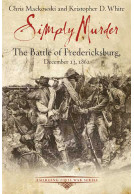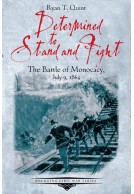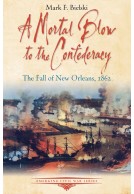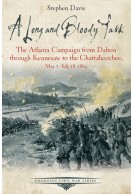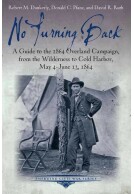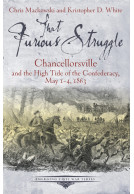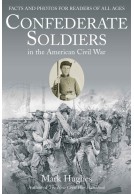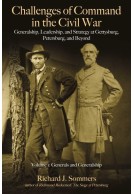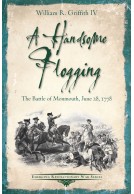Bloody Autumn (Paperback)
The Shenandoah Valley Campaign of 1864
Imprint: Savas Beatie
Series: Emerging Civil War Series
Pages: 168
Illustrations: 171 illustrations and 6 maps
ISBN: 9781611211658
Published: 31st October 2013
Series: Emerging Civil War Series
Pages: 168
Illustrations: 171 illustrations and 6 maps
ISBN: 9781611211658
Published: 31st October 2013
Usually available in 6-8 weeks.
You'll be £8.99 closer to your next £10.00 credit when you purchase Bloody Autumn. What's this?
+£4.99 UK Delivery or free UK delivery if order is over £40
(click here for international delivery rates)
Order within the next 3 hours, 42 minutes to get your order processed the next working day!
Need a currency converter? Check XE.com for live rates
(click here for international delivery rates)
Order within the next 3 hours, 42 minutes to get your order processed the next working day!
Need a currency converter? Check XE.com for live rates
“Clear out the Shenandoah Valley “clean and clear,” Union General-in-Chief Ulysses S. Grant ordered, in the late summer of 1864.His man for the job: Major General “Little Phil” Sheridan, the bandy-legged Irishman who’d proven himself just the kind of scrapper Grant loved. Grant turned Sheridan loose across Virginia’s most vital landscape, the breadbasket of the Confederacy.In the spring of 1862, a string of Confederate victories in the Valley had foiled Union plans in the state and kept Confederate armies fed and supplied. In 1863, the Army of Northern Virginia used the Valley as its avenue of invasion, culminating in the battle of Gettysburg. The Valley continued to offer Confederates an alluring backdoor to Washington D.C.But when Sheridan returned to the Valley in 1864, the stakes jumped dramatically. To lose the Valley would mean to lose the state, Stonewall Jackson had once said—and now that prediction would be put to the test as Sheridan fought with Confederate Lieutenant General Jubal Early for possession.For the North, the fragile momentum its war effort had gained by capturing Atlanta would quickly evaporate; for Abraham Lincoln, defeat in the Valley could very well mean defeat in the upcoming election. For the South, more than its breadbasket was at stake—its nascent nationhood lay on the line.Historians Daniel Davis and Philip Greenwalt, longtime students of the Civil War, have spent countless hours researching the Valley battles of ‘64 and walking the ground where those battles unfolded. Bloody Autumn: The Shenandoah Valley Campaign of 1864 shifts attention away from Army of the Potomac and the Army of Northern Virginia to the campaign that ultimately determined the balance of power across the Eastern Theatre.
Customers who bought this title also bought...
Other titles in the series...
Other titles in Savas Beatie...







